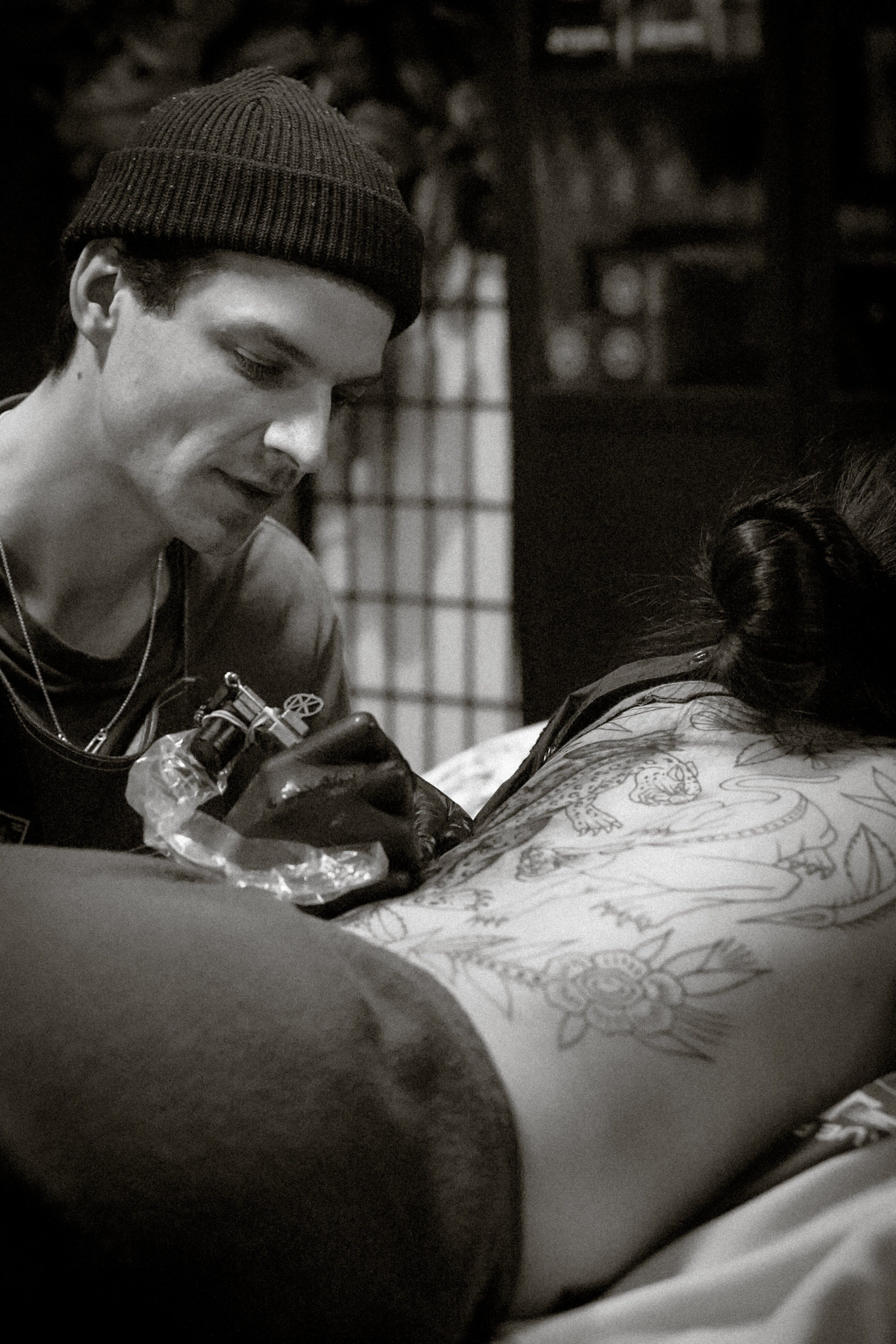Japanese Tattooing
apanese tattooing, or Irezumi, is a traditional form of body art that has a long and rich history in Japan. It involves creating intricate, colorful designs on the skin using various motifs and symbols that are deeply tied to Japanese culture and mythology.
Historically, Irezumi was used both for decorative purposes and as a form of punishment or marking for criminals in ancient Japan. Over time, it evolved into a respected art form, associated with the Yakuza (Japanese organized crime) during the Edo period (1603-1868), where tattoos were used to signify membership and rank within the group.
The style of Japanese tattooing is known for its bold lines, vibrant colors, and iconic imagery. Common motifs include:
Dragons, which represent strength, wisdom, and protection.
Koi fish, symbolizing perseverance, determination, and good fortune.
Cherry blossoms (sakura), representing the fleeting nature of life.
Tigers, embodying courage and power.
Geishas, samurai, and other figures from Japanese history and mythology.
Irezumi tattoos are often large and cover significant portions of the body, such as the back, arms, or legs, and sometimes extend across the chest and torso. They are typically done using hand-poking techniques or with tattoo machines, and the process can take a long time due to the level of detail involved
Book with one of our Artists
Casey Sullivan
Gary Dunn
Daniel Collins
Olivia Darling




